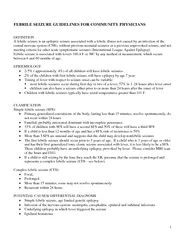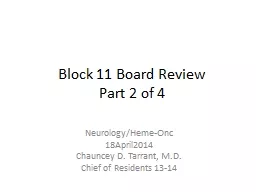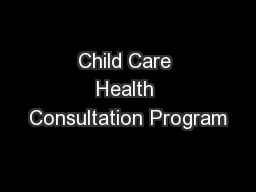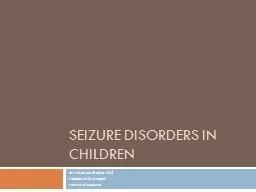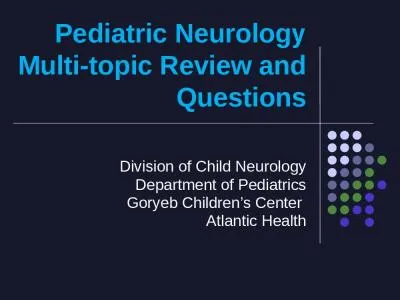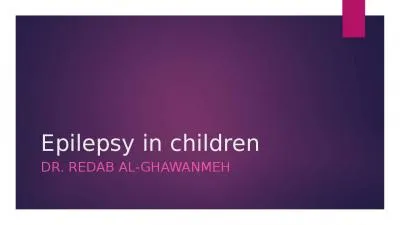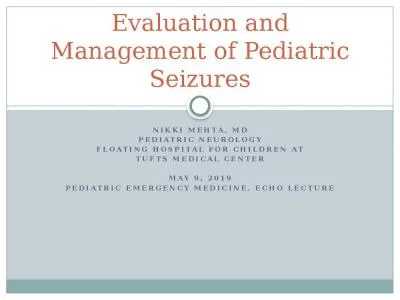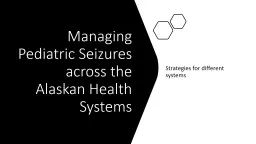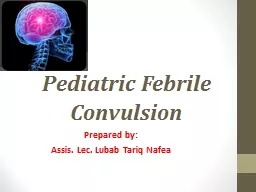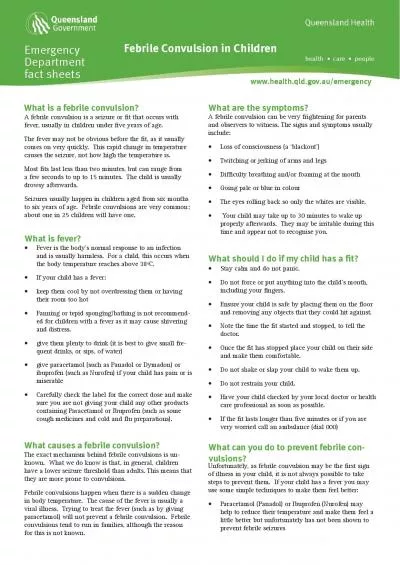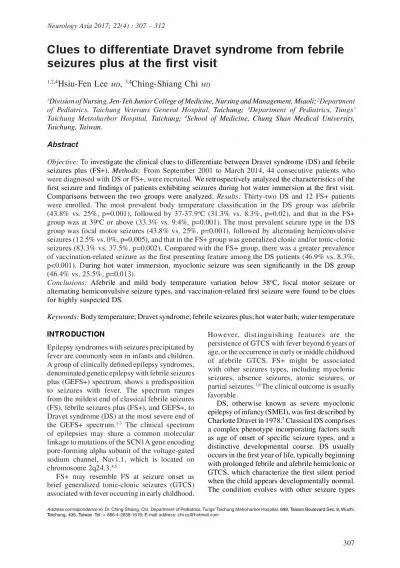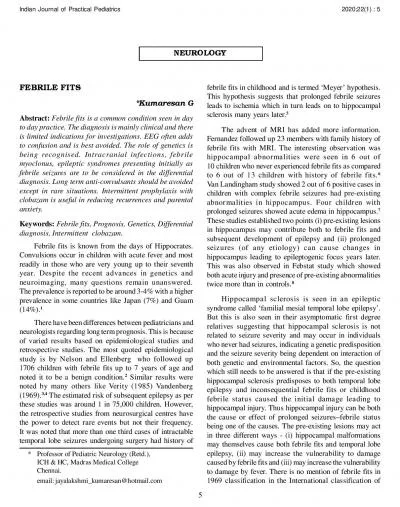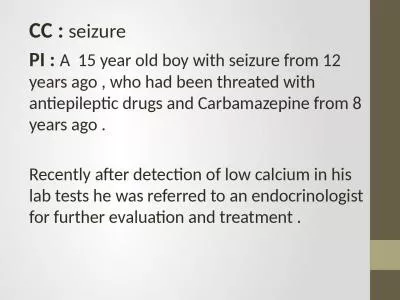PDF-FEBRILE SEIZURE GUIDELINES FOR COMMUNITY PHYSICIANS DE
Author : stefany-barnette | Published Date : 2015-06-17
Febrile seizure is associated with fever 1004 F or 38 C by any method of measurement which occurs between 6 and 60 months of age PIDEMIOLOGY x 5 approximately 4
Presentation Embed Code
Download Presentation
Download Presentation The PPT/PDF document "FEBRILE SEIZURE GUIDELINES FOR COMMUNITY..." is the property of its rightful owner. Permission is granted to download and print the materials on this website for personal, non-commercial use only, and to display it on your personal computer provided you do not modify the materials and that you retain all copyright notices contained in the materials. By downloading content from our website, you accept the terms of this agreement.
FEBRILE SEIZURE GUIDELINES FOR COMMUNITY PHYSICIANS DE: Transcript
Download Rules Of Document
"FEBRILE SEIZURE GUIDELINES FOR COMMUNITY PHYSICIANS DE"The content belongs to its owner. You may download and print it for personal use, without modification, and keep all copyright notices. By downloading, you agree to these terms.
Related Documents

